I won't spend more than $300/£240 on a camera phone, and you shouldn't either
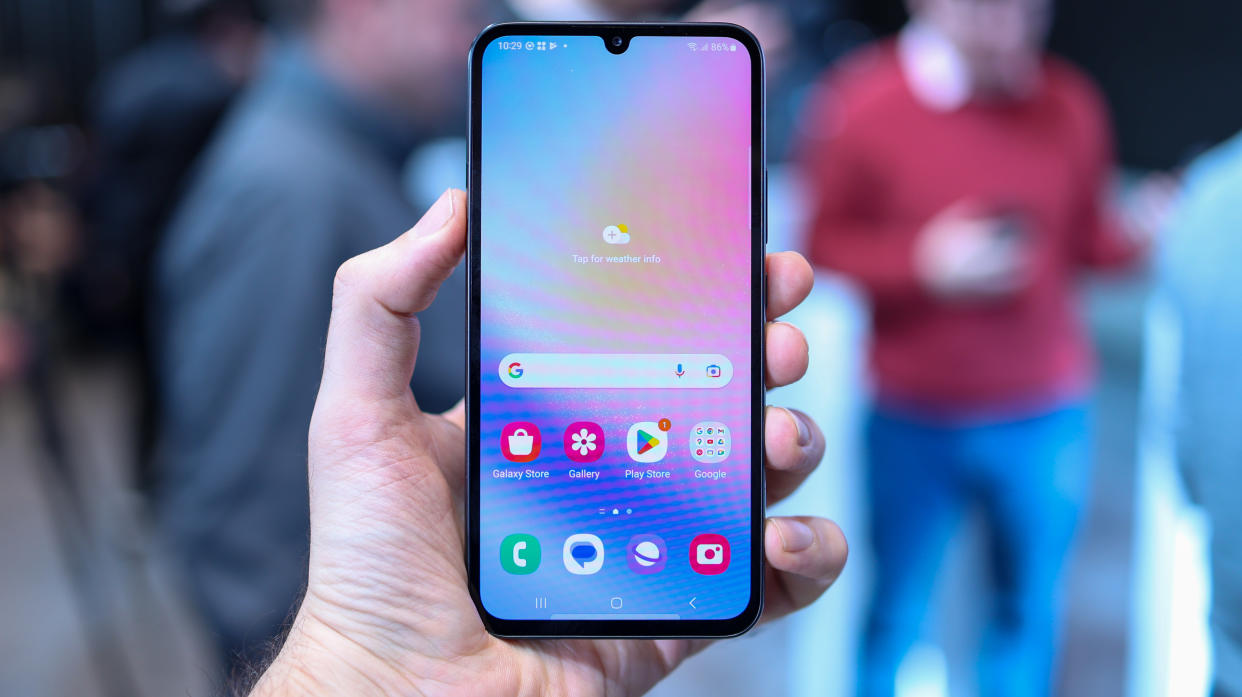
So the time has come to get a new phone. You do the sensible thing and check some reviews first, like our excellent best camera phone buyer's guide. Here you're guaranteed to find a selection of phones that perform brilliantly, especially when it comes to camera performance. However, while they may be the best, what about the rest? It's easy to be drawn in by the multi-million-dollar marketing campaigns from the likes of Samsung, Google and Apple, believing that their only phones worth considering are the flagship handsets. But I'm here to make the case for the mid-range models, and even the best budget camera phones, as nowadays a cheap phone really doesn't mean a slow, glitchy frustration-fest with a pathetic camera. Far from it.
Camera quality
Sure, if you want the absolute best image quality from a phone, the flagship models are where you'll find it: the largest camera sensors, highest megapixel counts, most zoom range. Great. But what if you step down to a phone like the Pixel 7a, a mid-range Galaxy like the A54, or an older iPhone? If you judge a phone solely by a performance ranking like DxOMark, mid-range handsets will score way less than flagship phones. Instead I'd encourage you to actually compare camera sample photos with your own eyes, as often the differences in image quality aren't as pronounced as an overall numerical score or star rating may initially imply.
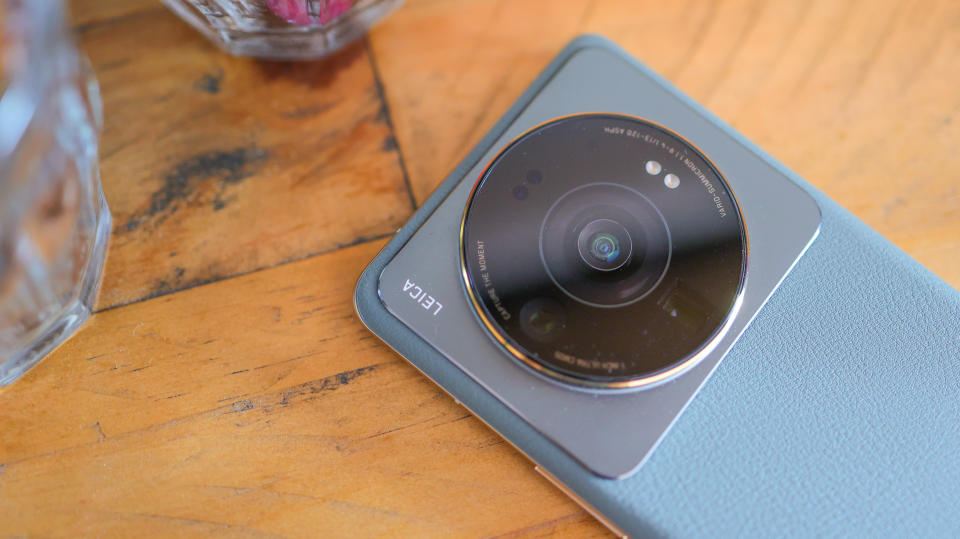
Also bear in mind that when buying a cheaper/older Samsung/Google/Apple phone, you're still buying into the manufacturer's signature image processing 'look', so an image shot on an iPhone 12 should still have a similar overall appearance to the same scene captured on an iPhone 14. And let's face it, how many of us really zoom in on our photos to see the marginally reduced image noise or small resolution boost that a current-generation camera sensor gives?
What really matters when capturing the majority of scenes/subjects are camera qualities like consistently bright exposure, decent dynamic range, reliably accurate autofocus, and punchy color saturation. There are plenty of mid-range phones that nail all these qualities with ease.
Extra camera features
There are some features you'll likely have to sacrifice by eschewing a flagship phone. Telephoto camera modules are generally reserved for high-end phones, and while I accept that a longer focal length can be advantageous for shooting flattering portraiture, a telephoto camera isn't without drawbacks. The longer zoom lens dictates that the telephoto module uses a physically smaller camera sensor - usually much smaller than the sensor in the primary wide-angle camera - so image quality will be noticeably inferior.
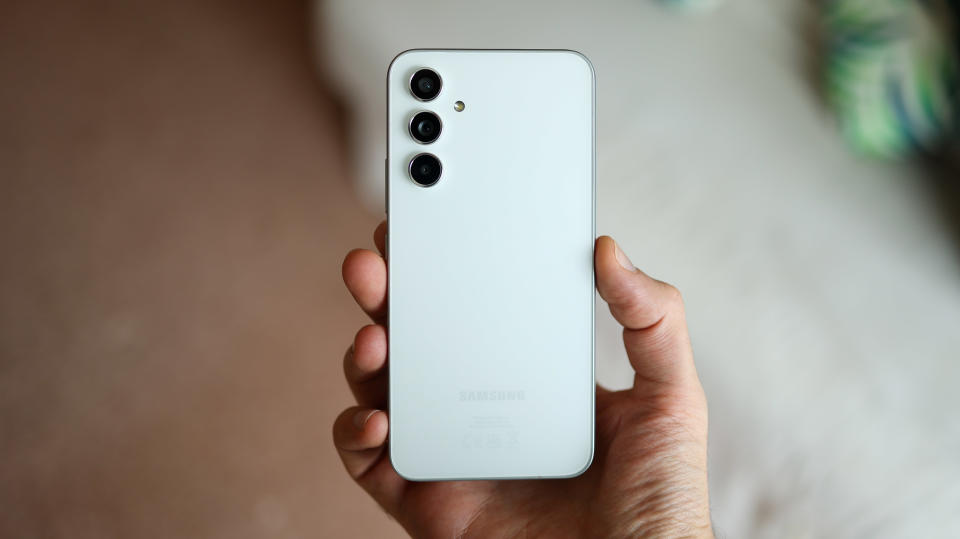
Image stabilization used to be a feature reserved for flagship phones, but it's now increasingly available on cheaper handsets; examples being the Galaxy A54 and Pixel 7a. It can make the difference between a sharp shot and a blurry mess, especially in low light, so this is an 'extra' feature worth having, and comes with no downsides.
Other phone features
A flagship phone will inevitably offer more processing speed and graphical firepower than a cheaper device. But unless you're a keen mobile gamer, any current midrange handset should feel effortlessly snappy in general use, and be perfectly capable of playing (and often recording) 4K video footage.
Sure, extras like faster wireless charging or a high-refresh-rate display are nice to have, but do you really need these, and are they therefore worth the massive price premium?
What's more, cheaper handsets can have features premium models don't. Their less power-hungry internals means battery life can often be better in midrange phones than flagship devices, while extras like a 3.5mm headphone jack and a microSD slot can often still be found in budget phones, when they've all but disappeared from high-end handsets.
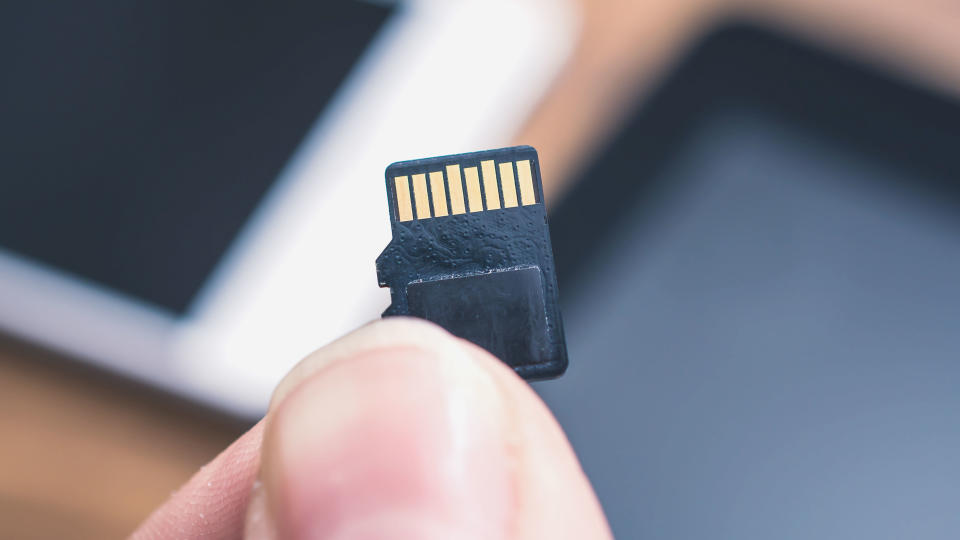
The great leveller
Almost all current smartphones have one element of built-in, planned obsolescence: their non-removable battery. You can splash all the cash you want on a Galaxy S23 Ultra or iPhone 14 Pro Max, but after a few years of daily use, the battery simply wont have anywhere near the stamina it did when new. Sure, battery replacement is possible, but it can be pricey when undertaken by a specialist, and the complexity and risk of trying to disassemble a modern phone that's been designed to keep you out makes DIY battery replacement unfeasible for most. So when the time does come to ditch your rapidly discharging phone, it'll be a lot easier to stomach if the phone originally cost you $300, rather than $1000+
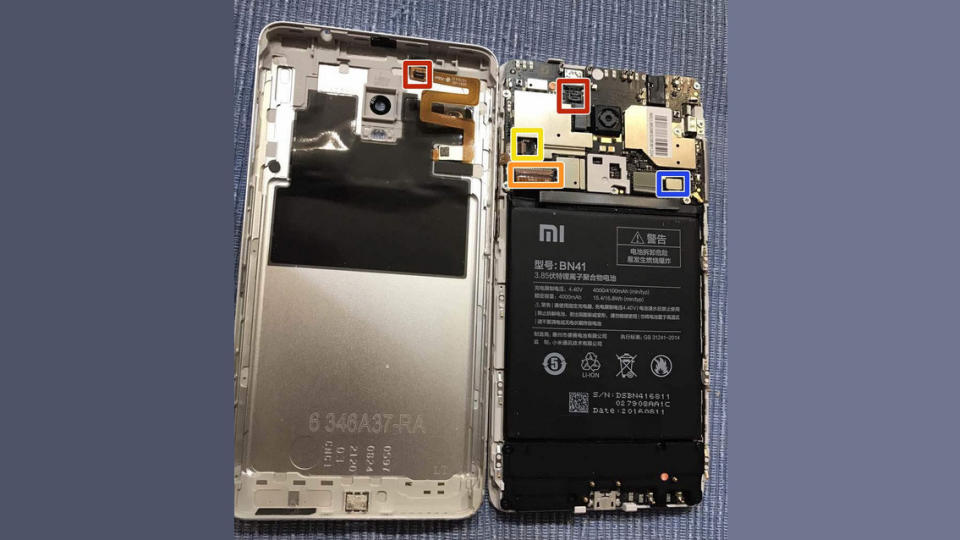
Risk factors
Most of the time when we spend big bucks on a tech device, it lives safely at home - a TV, home cinema system, etc - or the gadget is at least fairly well cossetted, like a laptop or interchangeable lens camera. Your phone is different. It's in use every day, goes almost everywhere you do, and is far more vulnerable to being damaged, misplaced or stolen.
Of course you could protect against this with phone insurance, but that just adds even more expense. The cheaper the phone, the less you've got to lose should the worst happen. Even if you throw caution to the wind and don't bother to get insurance, you could afford to destroy/lose one midrange phone, buy an equivalent replacement outright, and potentially still have cash left over versus the cost of just one flagship phone.
You could make the argument that flagship phones are more likely to withstand things like liquid damage, thanks to their ingress protection (IPxx) ratings. But midrange phones like the Pixel 7a and Galaxy A54 also offer IP-rated ingress protection, so are just as likely to survive a drop into water.

Bargain hunting
Something like a Pixel 7a or Galaxy A54 certainly offers great value at $450-$500, but I personally would want an even better deal. One way to achieve this is to go for the previous year's phone model; in this case the Pixel 6a or Galaxy A53 5G. Previous-gen phones will likely be almost as good as their replacements, can still be found new, and are often around 20-30% cheaper than the current models, if you shop around.
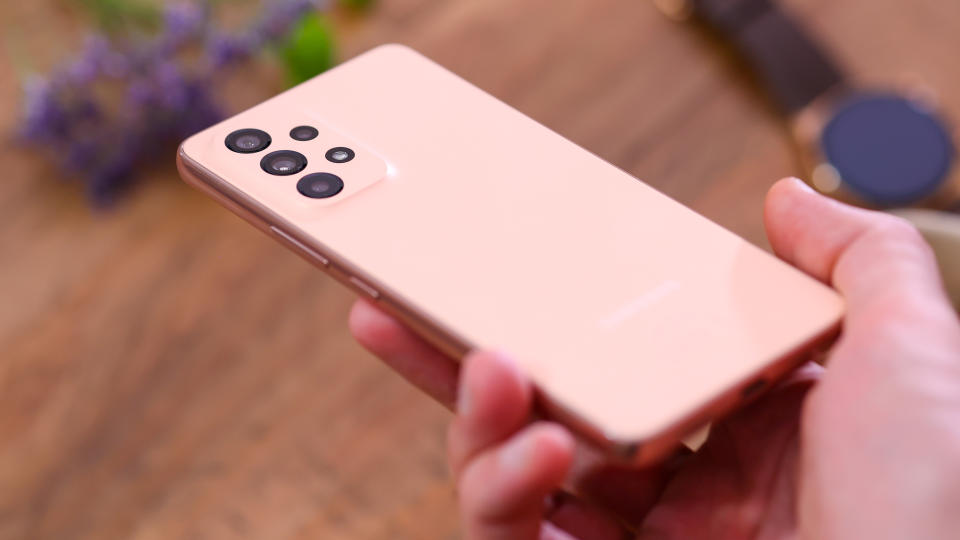
And this is exactly how I ended up choosing my own Samsung A53 5G in order to spend less than my $300 new phone budget. I purchased it just after the A54 launched, so prices were super low. I'm sure if I was to use it alongside an S23 Ultra (or indeed any current flagship phone), the premium handset would be noticeably better, but in isolation the A53 works brilliantly. Its large, high res screen looks great. Its stereo speakers sound great. Its primary 64MP camera - with OIS - reliably produces great photos, and the phone in general just works really well every day. It never leaves me wishing I'd spend multiple times its cost on something fancier.
So there you have it. Budget phones are better than ever, I'd wager they're easily good enough to satisfy the needs of most users, and by not just falling for the flagship hype you can save a shedload of cash with few (if any) downsides.
Read more:
The best camera phones
The best burner phones
Which is the best iPhone for photography?
The best budget camera phones

